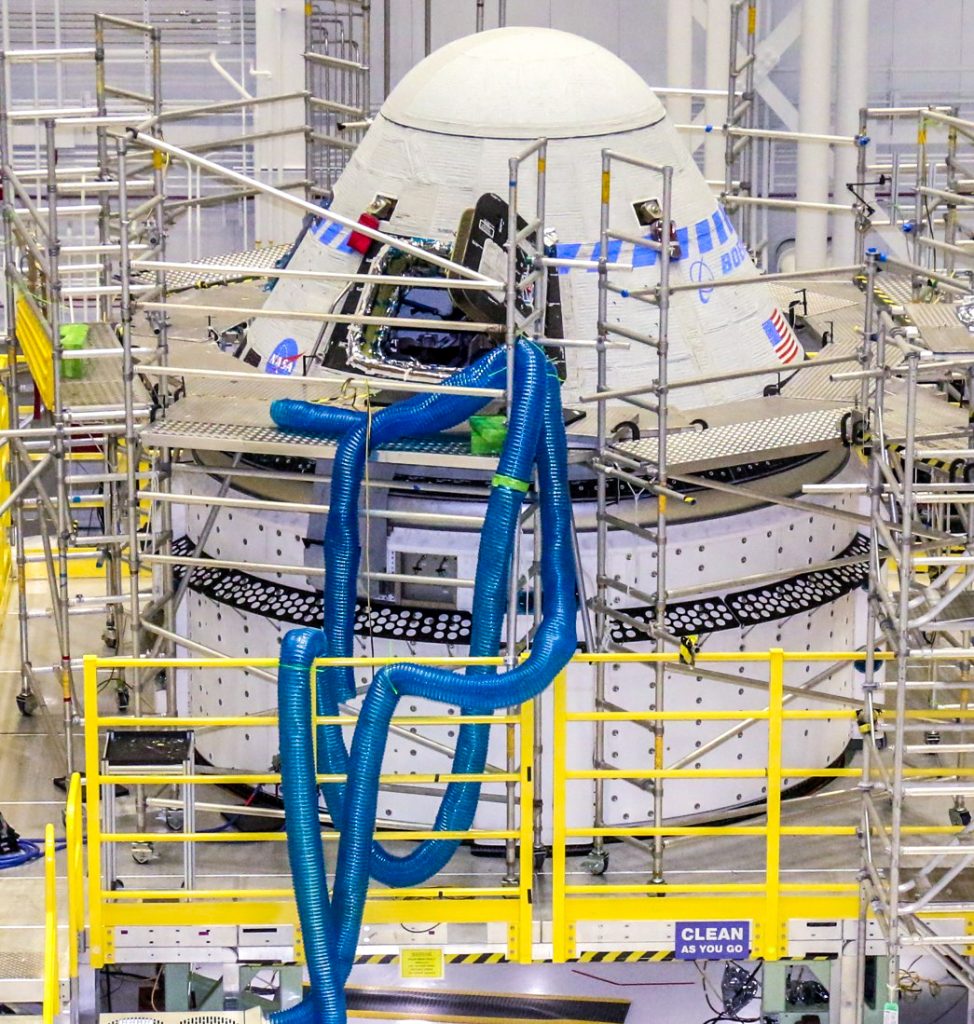
NASA and Boeing are targeting 2:53 pm EDT Friday, July 30, for the launch of the company’s Starliner uncrewed Orbital Flight Test-2 (OFT-2) to the International Space Station. The updated launch target is supported by the station’s visiting vehicle schedule, Starliner readiness, and the availability of the United Launch Alliance Atlas V rocket.
“NASA and Boeing have done an incredible amount of work to get to this point,” said Steve Stich, Commercial Crew Program manager. “Our teams are ready for this important mission due to the coordinated efforts of many, including United Launch Alliance, NASA’s Launch Services Program, and the U.S. Space Force, which enabled us to establish this launch opportunity. We are looking forward to a successful OFT-2 mission.”
Boeing recently completed end-to-end testing of Starliner’s fight software by flying a five-day simulated OFT-2 mission to the station. The company will continue supporting NASA’s post-test reviews. All actions recommended by the NASA-Boeing Joint Independent Review Team following Starliner’s uncrewed first flight test in December 2019 are complete and pending closure by NASA.
Boeing also will continue processing hardware for its first flight of astronauts – the Crew Flight Test – until mid-summer. OFT-2 launch activities, including loading cargo and fueling the spacecraft are scheduled to begin around this time.
A launch on July 30 would lead to rendezvous and docking with the space station on the evening of Saturday, July 31.
NASA’s Commercial Crew Program is working with industry through a public-private partnership to provide safe, reliable, and cost-effective transportation to and from the International Space Station, which will allow for additional research time and will increase the opportunity for discovery aboard humanity’s testbed for exploration. The space station remains the springboard to space exploration, including future missions to the Moon and eventually to Mars.
